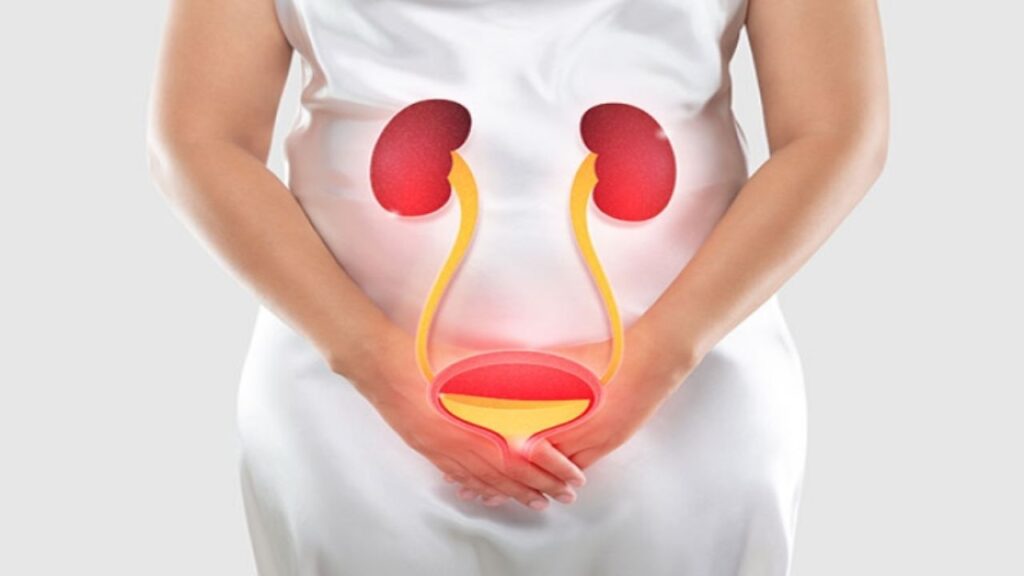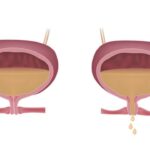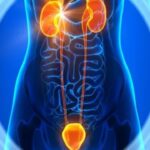
Introduction
Urinary incontinence is a common yet often overlooked medical condition that affects millions of people worldwide. It can significantly impact a person’s quality of life, causing emotional distress and disrupting daily activities. Fortunately, with modern medical advancements and expert care, urinary incontinence can be effectively managed or even cured.
This blog goes into the causes, types, and solutions for urinary incontinence, giving valuable insights to those experiencing this condition. For residents of Pune, seeking guidance from experienced professionals like Dr. Rajesh Dhake, one of the best urologists in Pimple Saudagar, ensures access to expert diagnosis and treatment.
Understanding Urinary Incontinence
Urinary incontinence is the unintentional leakage of urine. It may range from occasional minor leaks to more frequent and severe loss of bladder control. This condition is not a natural part of aging and should not be ignored as it often indicates underlying health issues.
Causes of Urinary Incontinence
Urinary incontinence can be due to a variety of causes such as:
- Weak Muscles of the Pelvis: Pregnancy, childbirth, and aging can weaken muscles that support the bladder.
- Neurological Disorders: Disorders like multiple sclerosis, Parkinson’s disease, or stroke may lead to loss of bladder control.
- Urinary Tract Infections: Urinary tract infections can irritate the bladder, causing temporary incontinence.
- Hormonal Changes: Decreased estrogen levels during menopause in women can cause incontinence.
- Enlarged Prostate: An enlarged prostate can interfere with bladder emptying and bladder control in men.
- Chronic Diseases: Diabetes, obesity, and chronic coughing due to smoking or other lung disease increase the chance of having incontinence.
- Drugs: Diuretics, and some types of sedatives, are known to be responsible for or to aggravate incontinence.
Forms of Urinary Incontinence
A diagnosis is necessary to understand the specific type of incontinence and the required treatment.
- Stress Incontinence
•Caused by: Coughing, sneezing, laughter, or exercise puts pressure on the bladder.
•Common in: Women who have had children or undergone menopause and men after prostate surgery.
2. Urge Incontinence (Overactive Bladder)
- Cause: A sudden, intense urge to urinate, often caused by an overactive bladder.
- Common in: Older adults or individuals with neurological conditions.
3. Overflow Incontinence
• Cause: The bladder does not empty completely, leading to dribbling of urine.
• Common in: Men with enlarged prostates or individuals with nerve damage.
4. Functional Incontinence
- Cause: Physical or mental impairments, such as arthritis or dementia, that make it difficult to reach the bathroom in time.
5. Mixed Incontinence
- Cause: A combination of stress and urge incontinence.
- Common in: Older adults and women after childbirth.
- Treatment of Urinary Incontinence
- Urinary incontinence treatment differs from the cause and type. Remedies for urinary incontinence include:
1. Lifestyle Changes
- Dietary Modifications: Avoid substances irritating the bladder, such as coffee, alcohol, and spicy meals
- Weight Loss: Slimming down will help get rid of the excess body fat that stretches the bladder.
- Scheduled Toilet Visits: Training the bladder through regulated toilet visits.
2. Pelvic Floor Exercises (Kegels)
- Pelvic muscle exercise is aimed at strengthening and can be helpful in both bladder control and stress incontinence.
3. Medication
Anticholinergic drugs help reduce symptoms of an overactive bladder.
Alpha-Blockers: Muscles of the bladder neck relax for men with prostate concerns.
Topical Estrogen: Strengthens tissue after menopause.
4. Medical Devices
- Pressary: A device placed into the vagina to support the bladder and prevent leaks.
- Catheters: Used for overflow incontinence when the bladder cannot empty completely.
5. Minimally Invasive Procedures
- Botox Injections: Relaxes overactive bladder muscles.
- Nerve Stimulation: Sends measured bladder signals to the brain.
6. Surgical Treatments
For severe incontinence, surgery might be required, such as:
- Sling Procedures: Gives support to the urethra .
- Bladder Neck Suspension: Elevates the bladder for better control .
- Artificial Sphincter: An implanted device to manage urine flow .
Why Dr. Rajesh Dhake is the best treatment option for Urinary Incontinence?
If you’re struggling with urinary incontinence, expert care is just a consultation away. Dr. Rajesh Dhake, renowned as the best urologist in Pune, offers comprehensive diagnosis and tailored treatments at leading urology clinics in Pune. His expertise in urological services in Pune ensures that patients receive compassionate care and cutting-edge solutions to regain control and confidence.
Tips for Managing Urinary Incontinence at Home
- Stay Hydrated: Dehydration can worsen bladder irritation.
- Maintain a Bladder Diary: Track the patterns to determine the triggers and manage the symptoms effectively.
- Use Protective Clothing: Absorbent pads or underwear provide extra comfort and confidence.
- Communicate: Discuss your condition with healthcare providers to determine the best solutions.
Summary
Urinary incontinence is a common condition that results from weak pelvic muscles, neurological disorders, or lifestyle factors. It can take on different forms, such as stress, urge, overflow, and functional incontinence. best urologist In PCMC The modalities of treatments range from simple changes in lifestyle and medication to more modern surgery options. Consultation with the best urologist, Dr. Rajesh Dhake, ensures the availability of expert care at the leading urology clinics in Pune for improved bladder control and overall quality of life.




